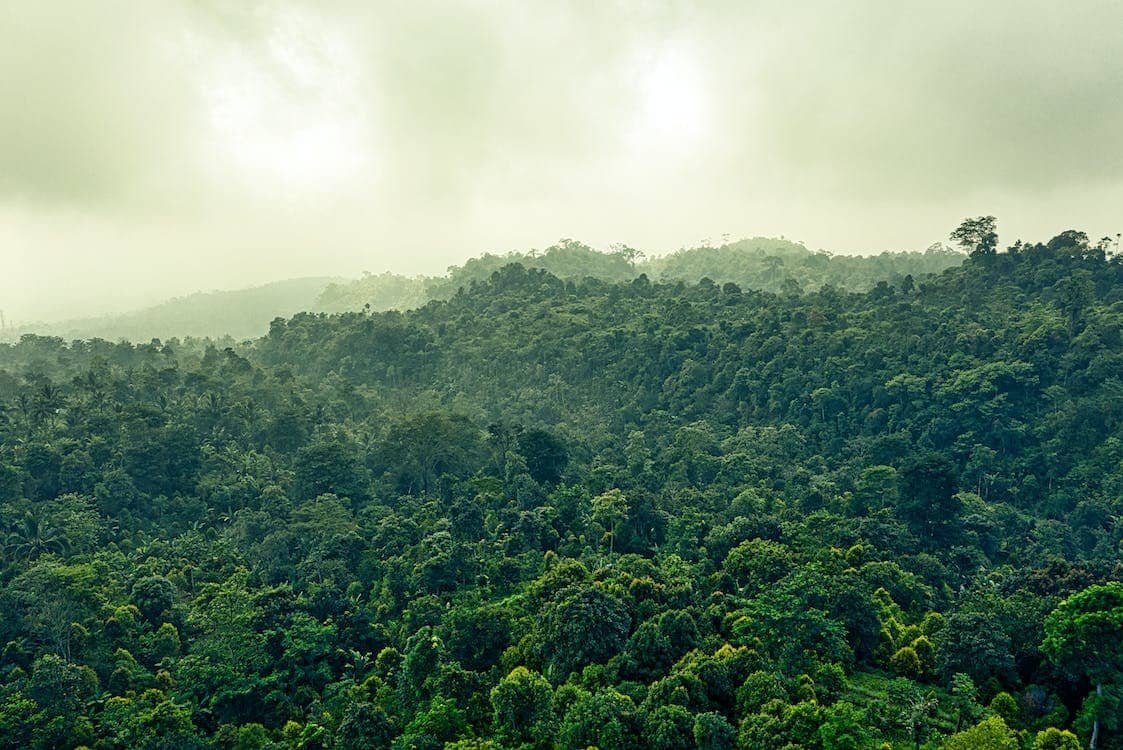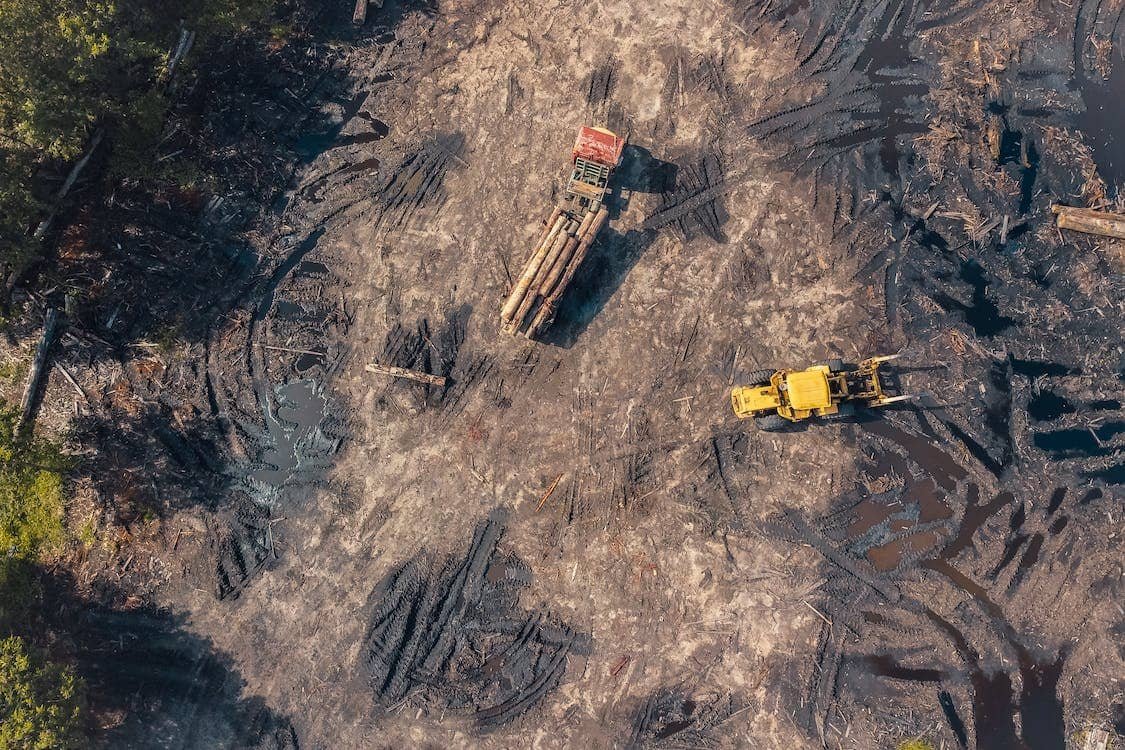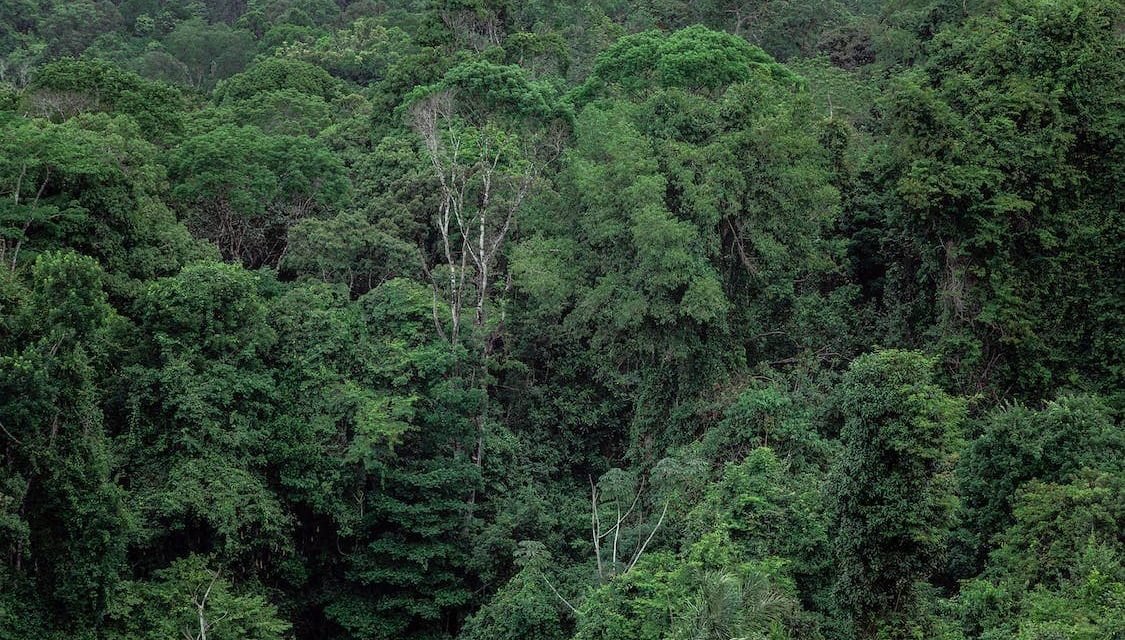Brazil’s national government recently announced a significant milestone in the battle against deforestation in the Amazon rainforest.
According to official data, the rate of deforestation dropped by about 34% in the first six months of this year compared to the same period last year.
This decrease coincides with the new administration of President Luiz Inácio Lula da Silva, who took office in January with a pledge to protect the rainforest and reverse the alarming trend of deforestation. However, as Brazil celebrates this progress, questions arise regarding the long-term effectiveness of these environmental policies.
The Legacy of Bolsonaro’s Controversial Tenure

Lula da Silva’s ascendance to power follows the controversial tenure of far-right President Jair Bolsonaro, whose policies had a detrimental impact on the Amazon rainforest.
During his time in office, Bolsonaro eliminated several environmental protections and encouraged agricultural production and mining in the region.
These policies led to a record-high deforestation rate in 2021, with approximately 5,100 square miles of rainforest lost.
Lula da Silva’s Environmental Commitment
President Lula da Silva’s government has made bold promises to protect the Amazon and reverse the alarming deforestation trend.
The administration aims to strengthen the enforcement of existing environmental laws and impose stricter penalties for illegal acts.
Furthermore, President Lula has pledged increased funding for conservation policies and the development of sustainable alternatives to agricultural expansion and cattle ranching in the Amazon region.
Mixed Reactions and the Road Ahead

Lula’s environmental program has garnered praise from the world of environmentalism and international organizations. However, critics remain skeptical about the effectiveness of these proposed measures.
Deforestation in the Amazon is an incredibly complex and multifaceted problem that requires sustained efforts, international cooperation, and a multilateral approach.
Addressing the Threat of Fires
While the decrease in deforestation is encouraging, the threat of fires looms large in the Amazon.
Recent satellite data reveals that the forest was affected by 3,075 fires in June alone, marking the highest number since 2007.
Many of these fires are maliciously set by individuals seeking to clear land for agriculture or other activities. The risk of fires is exacerbated by the climate crisis, leading to changes in rainfall patterns and making the region drier.
The current El Niño phenomenon further intensifies these concerns, potentially leading to a decrease in rainfall and higher temperatures.
Conclusion
Brazil’s announcement of a 34% drop in Amazon deforestation marks a significant step forward in protecting the world’s largest rainforest.
President Lula da Silva’s early actions demonstrate a commitment to environmental preservation. However, the effectiveness of these new policies, in the long run, remains uncertain.
The battle against deforestation requires sustained efforts, international collaboration, and a comprehensive approach.
As Brazil navigates the challenges ahead, the world will be watching closely, hoping that this positive momentum continues and that Amazon’s precious resources are safeguarded for future generations.










